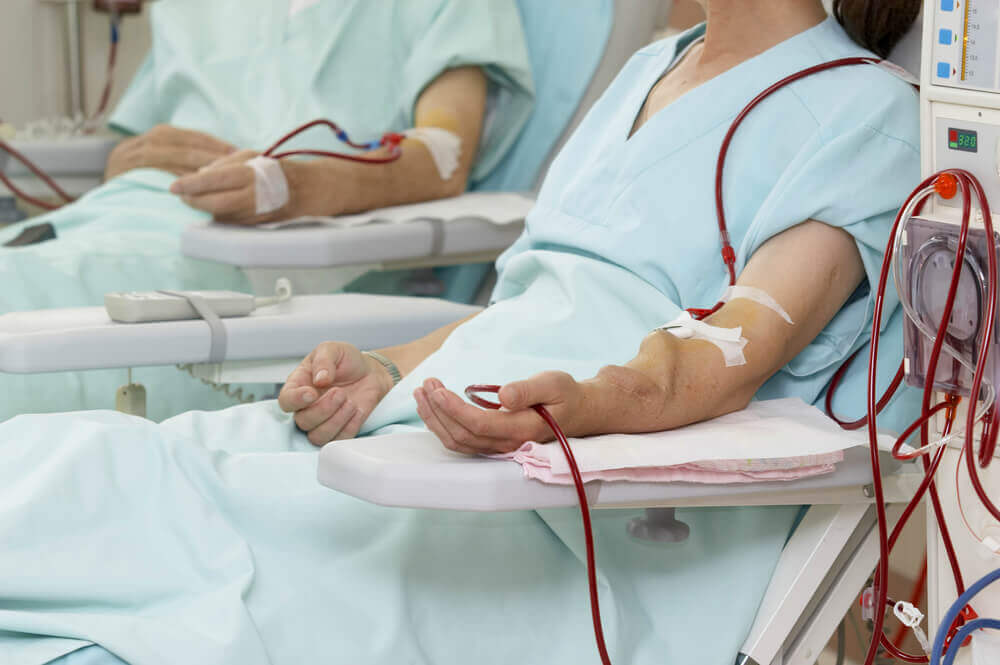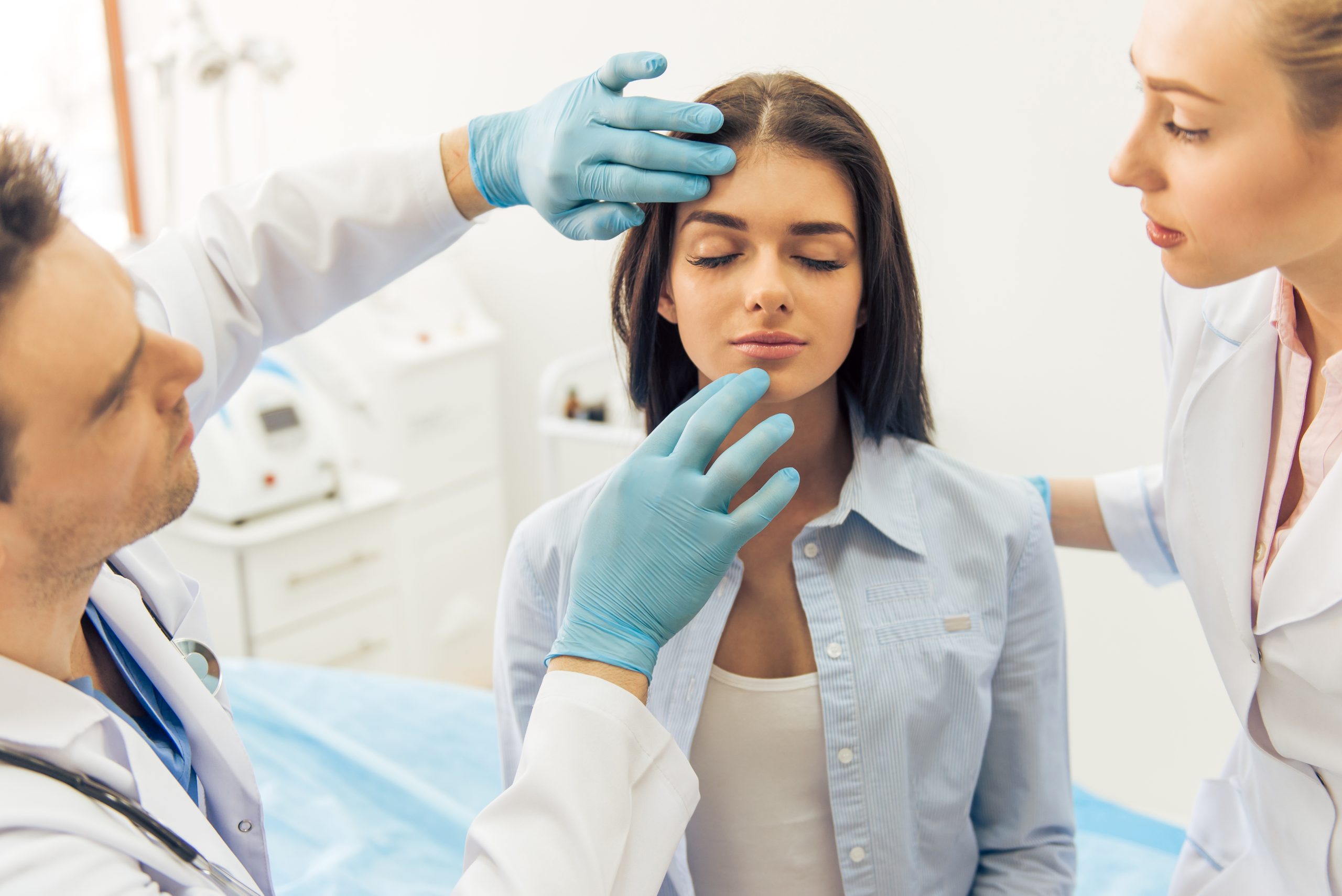
Kidneys grown from stem cells may provide an alternative to donor organs

Every year, about 105, 000 people in North America needs a kidney transplant. Less than 20, 000 (a 1/5 of these people) will receive a new kidney. Will we one day be able prevent people from dying from kidney disease by growing transplantable kidneys from stem cells?
In one study, scientists in Australia grew complex groupings of kidney tissue from stem cells derived from human skin. The stem cells were grown in a chemical cocktail, which caused the cells to change into kidney cells, and the cells self-organized into groupings of tissue known as organoids. These kidney organoids contained important structural components normally found in kidneys, namely the blood-filtering structures known as nephrons and their associated collecting ducts. Furthermore, the organoids were surrounded by cells that normally form connective tissue and blood vessels in kidneys. The organoids were developmentally similar to human fetal kidneys in the first trimester of gestation.
In another study, published online in Proceedings of the National Academy of Sciences, scientists in Japan overcame a barrier faced by previous attempts at growing functioning kidneys, namely the need for a pathway to drain the urine that is produced. The research group had previously grown kidney structures by using human stem cells transplanted into rat embryos, but these structures lacked a pathway to drain urine, and a build-up of urine limited the development of the kidneys. In the new research, the scientists developed a technique to provide the necessary drainage system, whereby embryonic bladders were transplanted along with developing kidneys into recipient animals. The technique was successfully demonstrated in rats and pigs. The pathways drained urine to the bladders of the host animals, and the kidneys continued to develop.
The kidney is a complex, highly structured organ composed of many distinct cell types performing functions, which include removal of metabolic wastes, maintaining acid-base balance and regulating salt and fluid balance. A number of challenges must be overcome to successfully grow a functioning kidney from stem cells. The stem cells must be induced to develop into the various types of kidney cells; the cells must organize into the anatomical structures of the kidney, including the waste removal structures and associated drainage paths; and the newly grown kidneys must grow and function in the host patient. The new studies are important advances toward the goal of stem-cell-derived kidneys, which may one day alleviate the shortage of transplantable donor kidneys.
Takasato, M, Er, PX, Chu, HS. et al. (2015). Kidney organoids from human iPS cells contain multiple lineages and model human nephrogenesis. Nature 526, 564–568. doi:10.1038/nature15695
Yokote, S, Matsunari, H, Iwai, S. et al. (2015) Urine excretion strategy for stem cell-generated embryonic kidneys. PNAS. 112(42):12980-5. doi:10.1073/pnas.1507803112
Related Posts

Novel Cord Blood Stem Cell Treatment Leads to HIV Remission


Stem Cell Transplantation Shows Potential in Stroke Recovery









